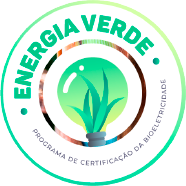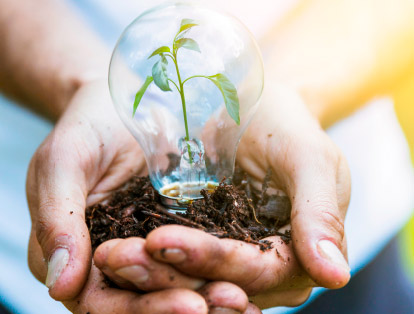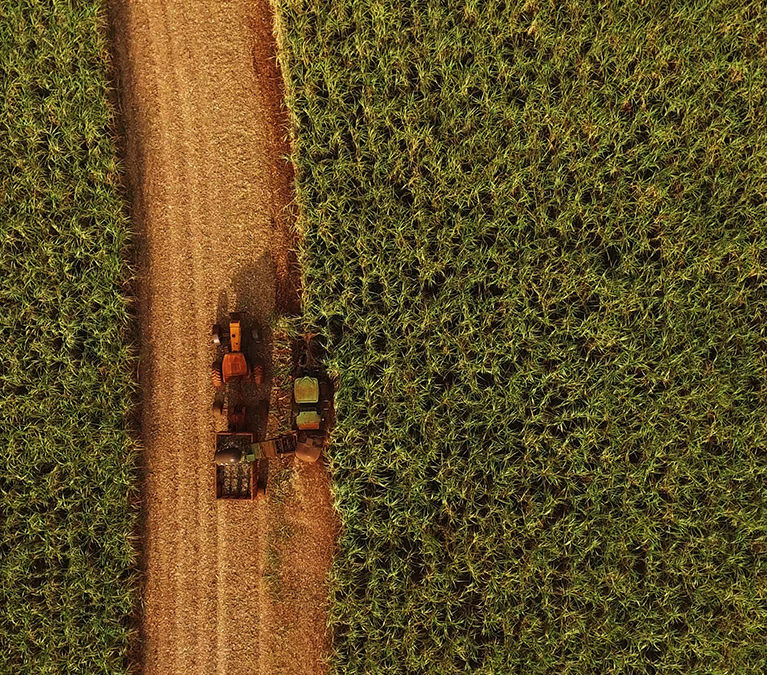BIOELECTRICITY
Using only 15% of their potential, Brazilian sugarcane mills are the fourth most important electricity suppliers in Brazil’s electricity mix. Experts estimate that with full use of sugarcane residues, bioelectricity could reach 148,000 GWh to the grid. That would be enough energy to power a country the size of Argentina or Norway.
As it grows, the sugarcane plant converts sunlight into stored chemical energy. Every part of the plant can be used in different processes, but there are three main components that contain this stored energy:
Juice | The sweet liquid inside the sugarcane stalk contains sucrose, which is used to produce sugar and ethanol.
Bagasse | The dry, fibrous residue left after sugarcane is crushed. One ton of cane produces about 250 kilos of bagasse (50% moisture)*. Source: CTC (2015).
Straw | The tops and leaves of sugarcane stalks.
Brazilian sugarcane mills learned to harness the energy stored in biomass by burning it in high-efficiency boilers to produce bioelectricity. As a result, these mills are energy self-sufficient, producing more than enough electricity to cover their own needs. A growing number of mills also generate surplus energy, which is supplied into Brazil’s National Interconnected System and helps to light numerous cities throughout Brazil. Thanks to sugarcane bioelectricity, in 2020, sugarcane mills supplied more than 22,600 GWh to the grid, or 5% of Brazil’s electricity requirements.
GREEN ENERGY SEAL
The Bioelectricity Certification Program is the first Brazilian initiative focused on sugarcane-based electricity. It aims to promote and amplify bioelectricity participation in Brazil’s matrix.
Created in 2015, the program was supported by the Brazilian Sugarcane Industry Association (UNICA) in partnership with Electric Energy Trading Chamber and is endorsed by the Brazilian Energy Traders Association.
The program provides a Green Energy Seal to electric energy sales agents who acquire renewable energy from certified mills.


BIOELECTRICITY
BENEFITS
- Low environmental impact
- Reduces GHG emissions
- Producers can obtain carbon credits
- Highly complementary to hydroelectricity
- Reduces energy transmission loss
- Generated closer to consumers, avoiding the need of investment in transmission centers
A climate action roadmap for sustainable sugarcane
Sugarcane is a great source of renewable energy in the form of bioethanol, biogas, biomass and as a raw material for bioplastics and biomaterials
News

ITRE vote provides opportunity to confirm biofuels deserve seat at the table, but targets remain low
A clear opportunity to confirm why sustainable crop-based biofuels deserve their seat at the table, but targets continue to underplay their potential in the transport energy mix. UNICA welcomes the positive developments from the ITRE committee vote today regarding EU renewable energy policy.

Sugarcane harvest for the second half of September 2021
Sugar production reached 2,32 million tons in the second half of September 2021. Since the beginning of the 2021/2022 harvest up to October 1st , accumulated sugar production reached 29,19 million tons while in the same period at 2020/2021 harvest season it was...
